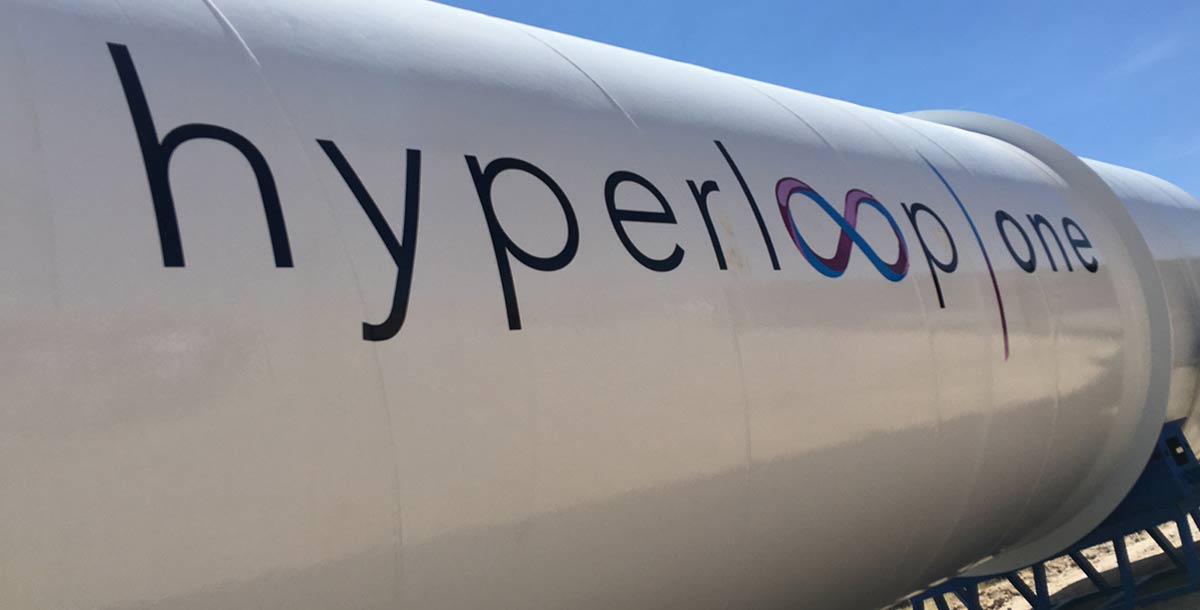Hyperloop - Future of Mass Transit

Somebody do something to reduce this traffic, it makes me reach late everywhere! (not taking into consideration that I woke up late.) So, how many times have we heard this dialogue or in the words of our teachers or bosses, an excuse after reaching late? The inventors of this new technology thought the same before looking for the answer.
The field of research and inventions in mass transportation has been moderate. The 21st century settled for Segways as the newest means of transport. Now, moving ahead from bullet trains and Segways, a new faster, economical and environmental friendly means of mass transit has been proposed.
Dreams never die, however the fantasy of futuristic transportation is very much alive right now as exemplified by a concept called the Hyperloop. While it’s not as mind-shattering as a teleporter or as fun as a personal jetpack, the Hyperloop could revolutionize mass transit, shortening travel times on land and reducing environmental damage in the process.
So, the next question is what is a Hyperloop?
The Hyperloop concept was proposed by billionaire inventor Elon Musk, CEO of the aerospace firm SpaceX and the guy behind Tesla.
Musk’s Hyperloop consists of two massive tubes extending from San Francisco to Los Angeles. Pods carrying passengers would travel through the tubes at speeds topping out at 700 mph. Imagine the pneumatic tubes people in The Jetsons use to move around buildings but on a much bigger scale. For propulsion, magnetic accelerators will be planted along the length of the tube, propelling the pods forward. The tubes would house a low-pressure environment, surrounding the pod with a cushion of air that permits the pod to move safely at such high speeds, like a puck gliding over an air hockey table.
Given the tight quarters in the tube, pressure buildup in front of the pod could be a problem. The tube needs a system to keep air from building up in this way. Musk’s design recommends an air compressor on the front of the pod that will move air from the front to the tail, keeping it aloft and preventing pressure building up due to air displacement. A one way trip on the Hyperloop is projected to take about 35 minutes (for comparison, traveling the same distance by car takes roughly six hours)
In 2016, SpaceX built a mile long vacuum Hyperloop track and challenged student teams from all over the world to bring their Hyperloop pod designs and race on these tracks. The Hyperloop India is the first and only team of India, and one of the two from Asia that has been selected to build and race on the SpaceX track.
We all know the need for this new invention. The other in-use means of transport are time-consuming as well as not bio-friendly. The roadways are becoming a nuisance day by day due to the increasing number of vehicles and the carbon emitted by them. Especially in a country like India this new change is desirable and would reduce commuters' problems. Still, it would take lots of effort to bring this technology into daily use.
























































